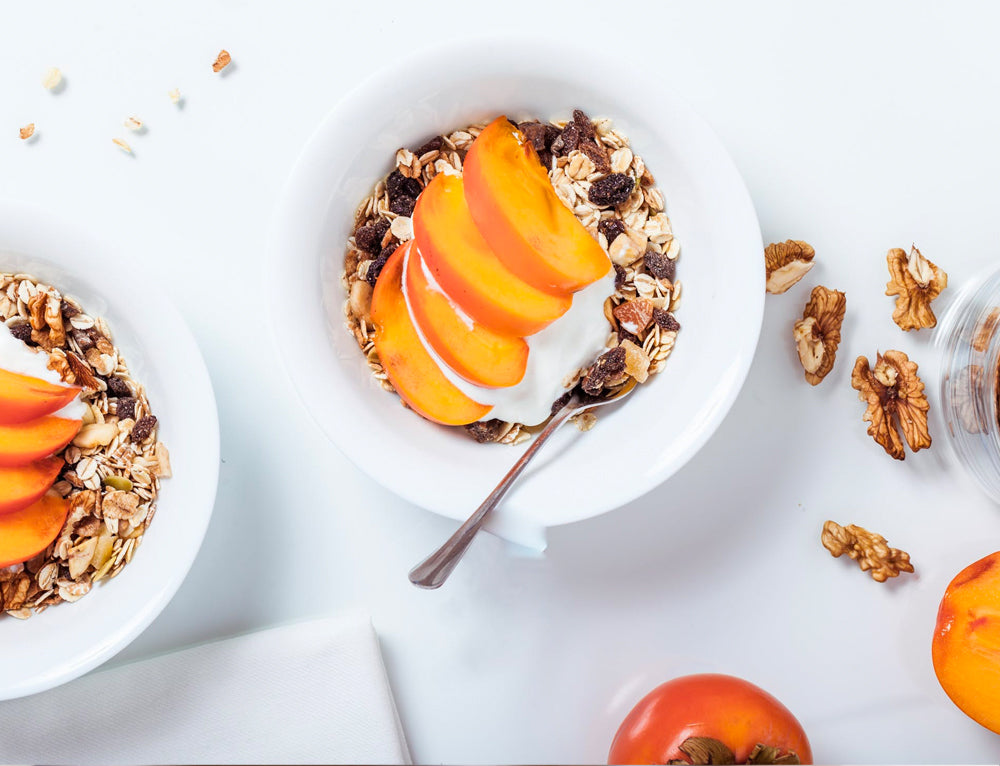Lifestyle Changes to Combat High Cholesterol

Understanding Cholesterol
Based on lifestyle choices or genetic predisposition, you may have been warned by your doctor to pay attention to your cholesterol. A routine blood panel at your annual physical might be the first indication that there is any type of issue. So, you’ve been given the information that your “bad” or total cholesterol is too high, now what?
First of all – let’s get clear about what cholesterol is, and the difference between the good stuff and the bad stuff. Cholesterol is found in the cells of your body. This sticky, waxy, fat-like substance may sound unappealing, but it does serve some good. It helps us to digest our food and it assists in making Vitamin D and other hormones that we need. As always, too much of a good thing can be bad. If we have cholesterol in excess, it can start to create a buildup of plaque. Plaque inside our bodies, just like on our teeth, is not something we want. Plaque buildup can clog arteries and cause some serious health issues if left untreated.
“Good” vs. “Bad”
There are three different types of cholesterol: HDL, LDL and VLDL. LDL and VLDL are the two types we want to be wary of – these types can cause health problems if they become excessive. HDL is what we call the “good” cholesterol. HDL carries the “bad” cholesterol from all over our bodies to our liver so that our liver can filter it out.
Sources report that approximately 13 percent of U.S. adults have high total cholesterol. This can spring from a number of scenarios. First of all, it is hereditary. If your family has a history of high cholesterol you definitely should considering paying close attention to your own readings. Don’t panic – a family history does not mean you are doomed, it just means you have to be on top of it!
High cholesterol can also be brought on by lifestyle choices. Physical inactivity and diet can play a huge role in your levels, being overweight or obese may raise your cholesterol. Smokers be warned – smoking can lower levels of HDL in your body and raise levels of LDL (so if you needed another reason to quit, here you go!). The good news is, aside from genetics, you can make lifestyle choices in an effort to lower your levels and stay healthy.
Lifestyle Changes
Research shows that one of the best things you can do to stay in a healthy range is to move your body regularly. Physical activity can actually raise levels of HDL (remember – that’s the good stuff). Consistent exercise should also help you to maintain an appropriate weight, which can aid in controlling your cholesterol.
Foods are another big variable when it comes to cholesterol. There are many foods that can contribute to high levels of bad cholesterol. If you are working towards lowering your numbers, you may consider avoiding foods high in saturated and trans fats. Examples include processed foods, baked goods, and foods that are deep fried. You might also want to go easy on the dairy products and certain types of meats – both of which can raise LDL levels. Conversely, there are certain foods you may want to incorporate into your diet. Some studies suggest that garlic, flaxseed and red yeast rice all could contribute to healthy levels.
If you know you have a family history of high cholesterol, or you have other indicators that concern you, it might be a good idea to talk to your doctor about getting checked. In response, your doctor will likely make his or her own recommendations about the best course of action for your health plan.This plan could even include medication, depending on your prognosis. Remember you can also make positive lifestyle changes that promote healthier cholesterol levels and an overall healthier you.
Sources:
https://nccih.nih.gov/health/cholesterol.htm
https://medlineplus.gov/cholesterol.html
https://nccih.nih.gov/health/tips/cholesterol
https://nccih.nih.gov/health/providers/digest/cholesterol-science#healthbehavior




